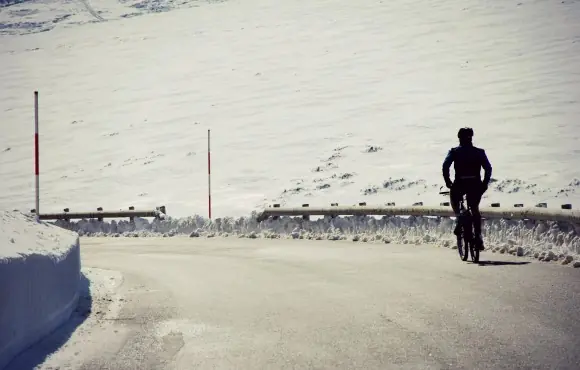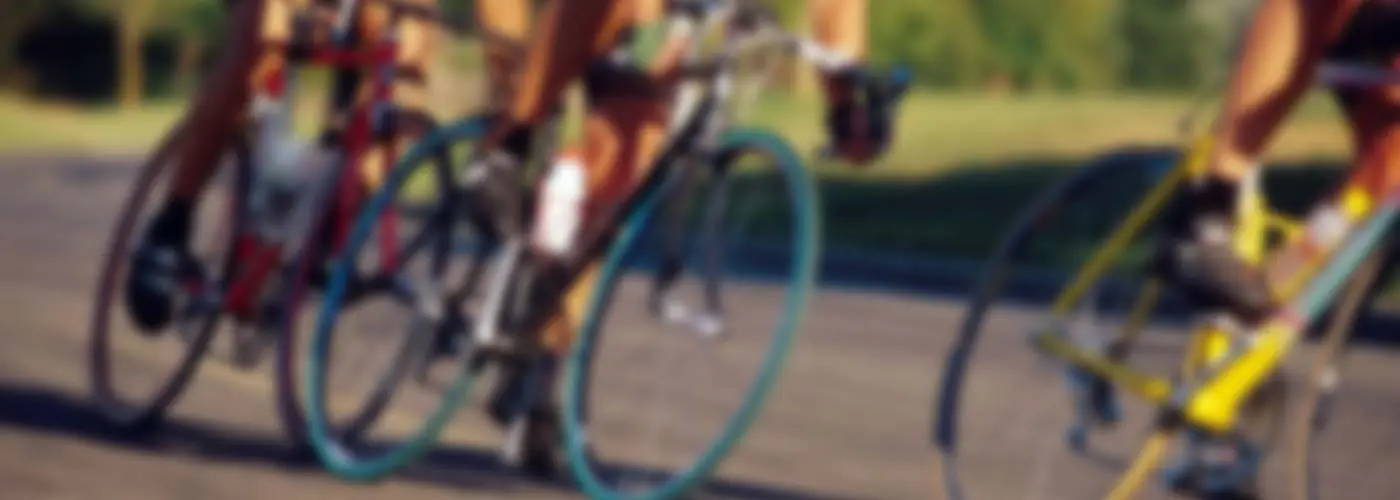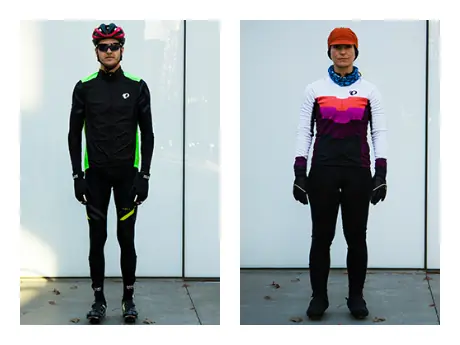Once you get past the brisk temperatures and snow that come with winter cycling, one more hurdle often keeps cyclists inside: icy roads. It's not unreasonable to be nervous about riding over slick streets; in a 2013 survey of British bike commuters, it was found that slipping on ice was the leading cause of non-collision cycling injuries. But with the right gear and know-how--and a little extra planning--winter rides don't have to end at the doctor's office.
More:?6 Pro Training Hacks Any Cyclist Can Use
Here are a few things to keep in mind:
Read the original article published on Bicycling.com.
More:?How to Buy a Used Bike
Scout Your Route
1 of 5
Road choice is probably the greatest catch-22 of winter riding: Less-trafficked side streets are typically safer in good weather, but many cities don't keep them well plowed in the winter. Busier roads are better maintained and less icy, but you have to deal with more cars and drivers who might not be expecting to see a person pedaling to work in sub-freezing weather.
So what should you do? That's ultimately a question of which choice makes you more comfortable. If you're comfortable riding in heavy traffic, go that route. If drivers reaching for their morning coffee make you nervous, pedal the side streets, knowing that you may have to work harder and put more thought into your gear choices.
Find
Cycling EventsGo Studded (or Not)
2 of 5
Studded tires are great for gripping snow and ice. Derek Lewis, a bike commuter and operations manager for Heritage Bicycles in snowy Chicago, Illinois, uses a studded front tire with a cyclocross tire on the back. Studded tires are quite a bit heavier, Lewis says, so he saves weight by only using one. Only use studded tires in icy or snowy conditions, as they're a bit more difficult to control on dry pavement.
Fred Rose, a long-time bike commuter and manager at Bicycle Garage in Bloomington, Indiana, forgoes studs. Rather, he prefers standard or winter-use tires inflated to a lower-than-normal pressure, allowing for a greater contact patch with the road. Go for as wide of a tire as your bike will allow.
Find
Cycling EventsKnow What to Look Out For
3 of 5
Keep your eyes focused at least several yards ahead, so you'll have enough time to slowly and gently steer around any icy spots without causing an accident. Patches of ice can often be found hiding in the shadows, as shaded spots are typically the last to melt. Be especially vigilant riding later in the day—spots that were melted earlier can ice over as the temperatures drop. Those spots often have a layer of water on top of the ice, making them extra slippery.
Find
Cycling EventsStay Cool
4 of 5
If you feel the bike start to skid underneath you, don't overcorrect; gently steer into the direction of the skid, much as you'd do in a car. Any steering corrections should be subtle, as the goal is to ride out the skid. If you must apply your brakes, try a feathering approach, applying the bulk of the pressure to the back brakes.
You should also shift your weight to the rear of the bike "so if you do fall, you'll wind up on your butt, not your nose," says Dorian Grilley, executive director of the Bicycle Alliance of Minnesota and a 25-year winter commuter.
When cornering, go slow and straighten out your line as much as possible. "You don't want ice or inertia to send you flying off the road," Rose says. Relax and keep your hands off your brakes as you finish the turn.
If you do lose control, aim for the softest, puffiest patch of snow you see. For more tips about staying safe when you lose your line, read our piece about pro road cyclist Geraint Thomas' crash techniques.







Discuss This Article